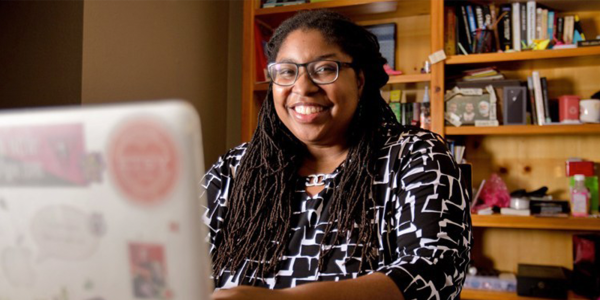More than a year after the costliest wildfire in Colorado history, dozens of CU Boulder researchers continue to explore the science behind what happened on Dec. 30, 2021, the widespread impacts the Marshall Fire has had on people, pets and the environment, and how we can mitigate future catastrophes amid a changing climate.
CONVERGE — a National Science Foundation funded collaboration established in 2018 to identify, train and support disaster research — is in large part responsible for the speed, coordination and sensitivity of this fact-finding response. After the Marshall Fire, CONVERGE quickly mobilized to organize several virtual forums — the first of which led to the establishment of the Marshall Fire Unified Research Survey, which involves dozens of researchers working together to reduce the research burden on affected communities while learning from their experiences.
“In my 20 years of being a researcher, I have never seen this kind of coordinated research effort,” said sociology professor Lori Peek, who leads CONVERGE, housed at the long-standing CU Boulder-based Natural Hazards Center, which she also directs.
Researchers in engineering, chemistry, and environmental science at CU Boulder, CIRES and NOAA continue to examine the invisible damage and risks to indoor air quality caused by smoke and pollutants in affected homes and buildings. Other CU Boulder engineering faculty and graduate students are collecting data and conducting preliminary analyses on the complexities of decision-making when rebuilding post-fire.
Scientists continue to sample and analyze local soil and water, looking for clues about potential contamination. Furthermore, ecologists are working on the challenge of grassland fire mitigation to reduce future catastrophes.
Reporting by CMCI journalism students has also brought the impacts of the Marshall Fire into sharper focus, while academics in the anthropology department have joined the Marshall Fire Story Project to record stories of how the fire impacted the lives of people across the county.
This ongoing work will benefit those impacted by the Marshall Fire, and future communities who face fast-moving flames and other climate-fueled disasters.
“This is not something we’re done dealing with,” said Peek.







